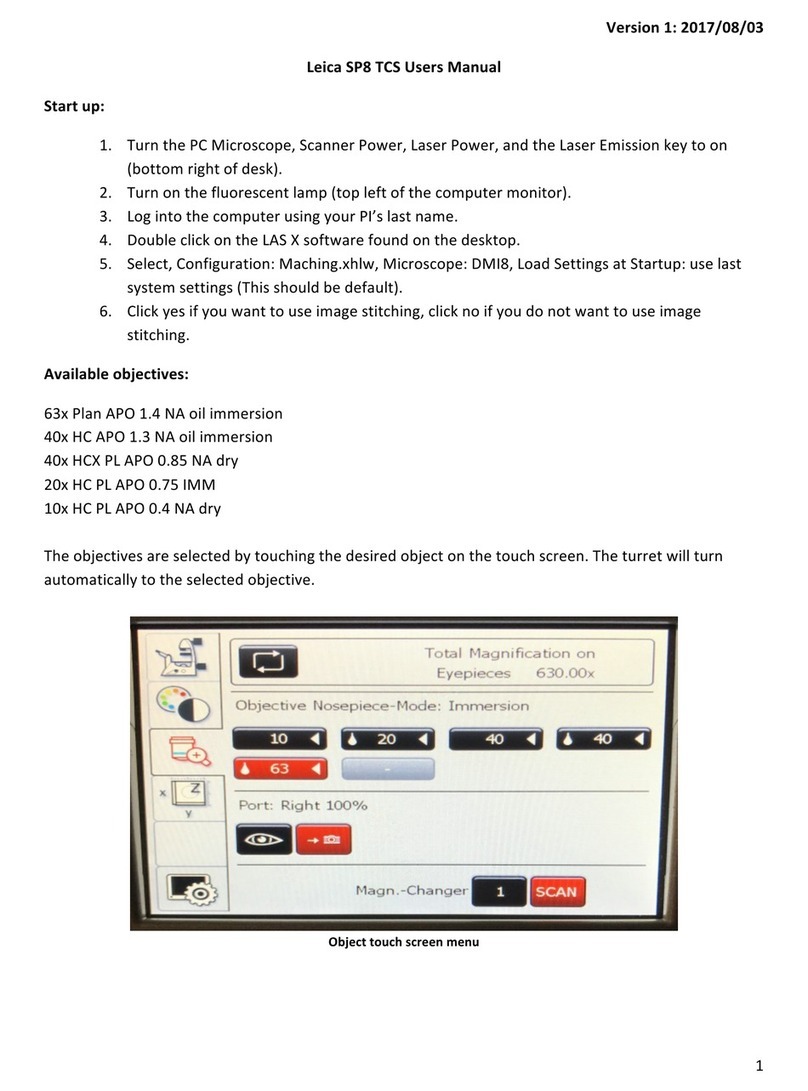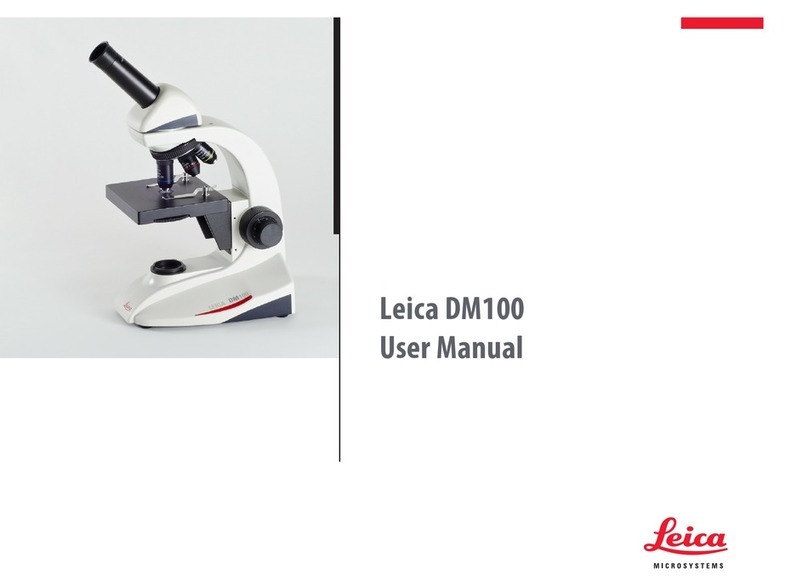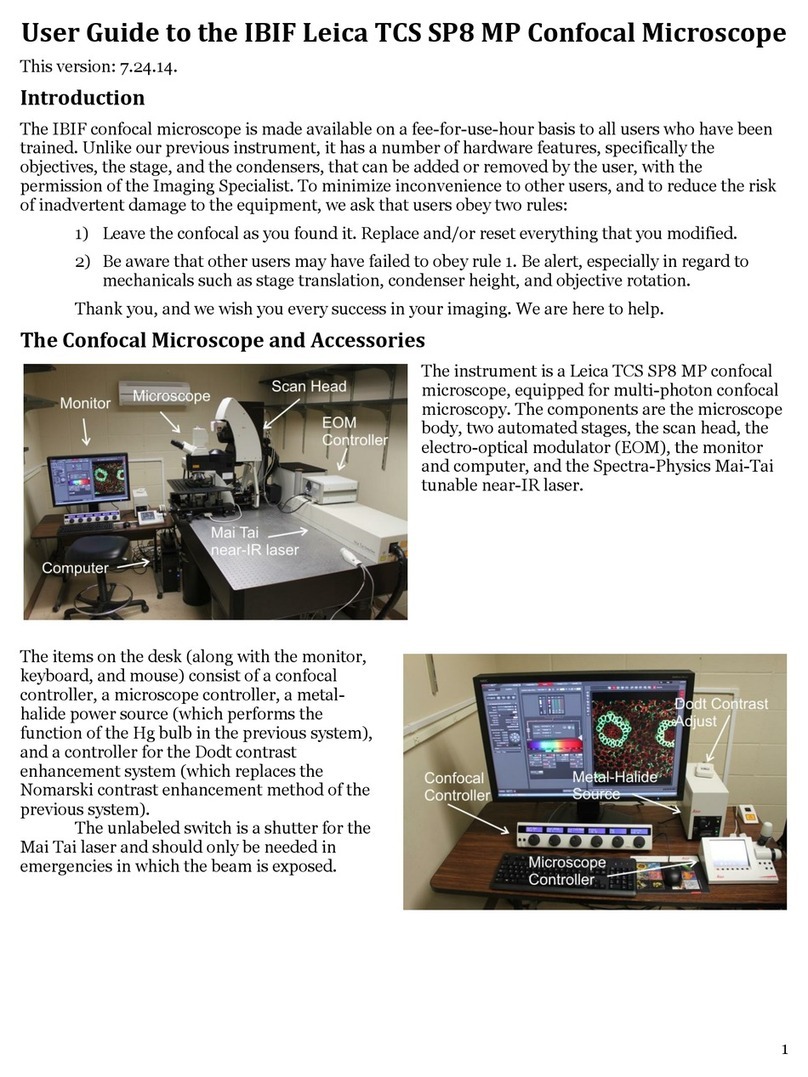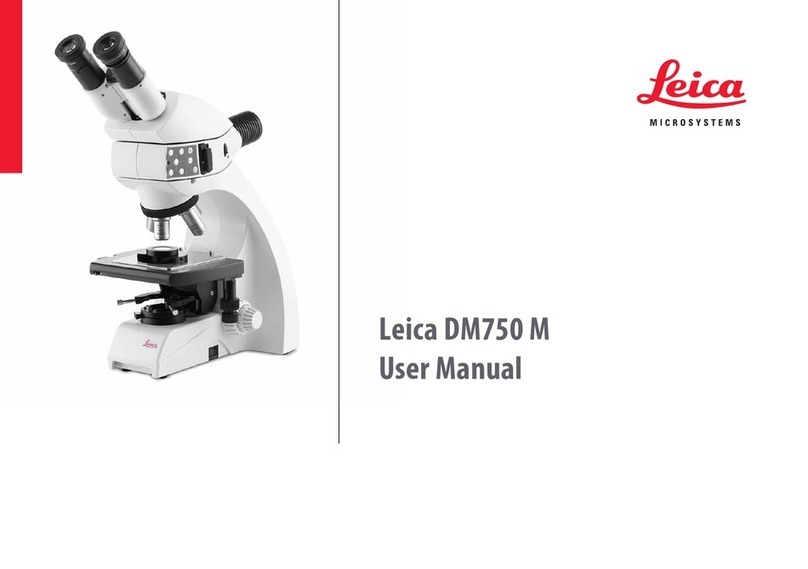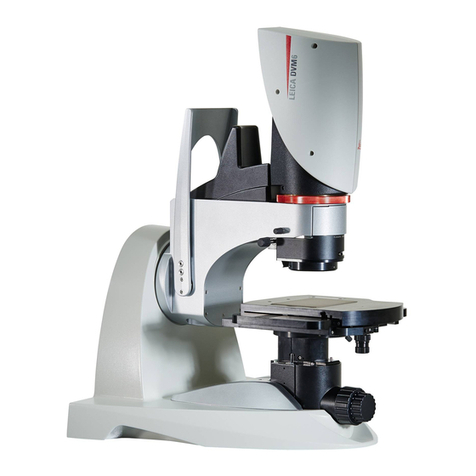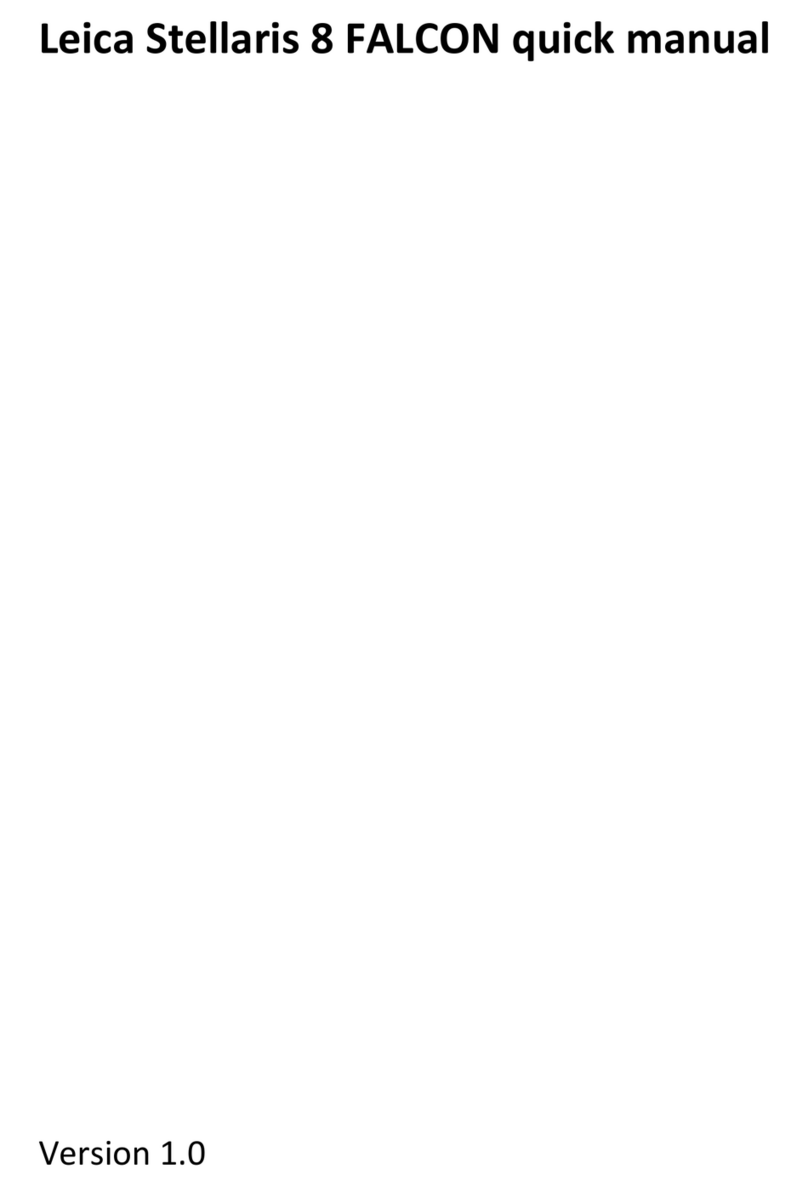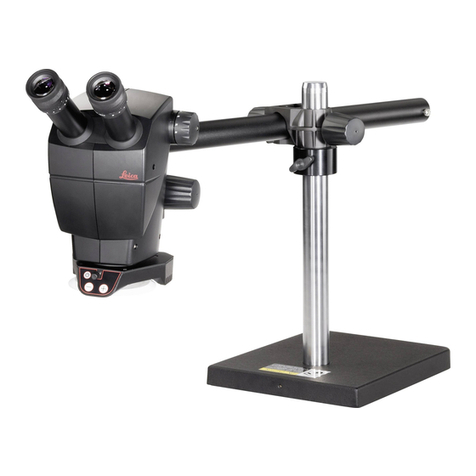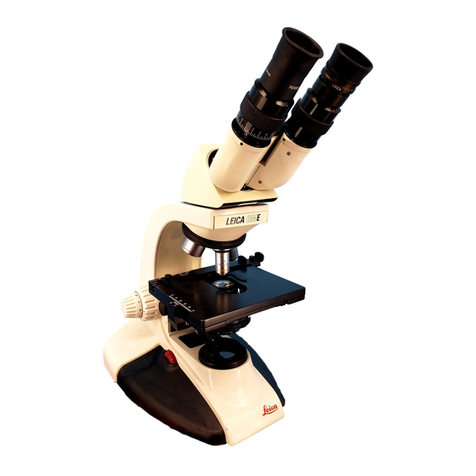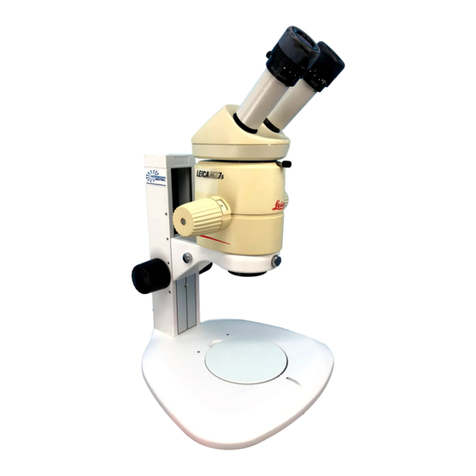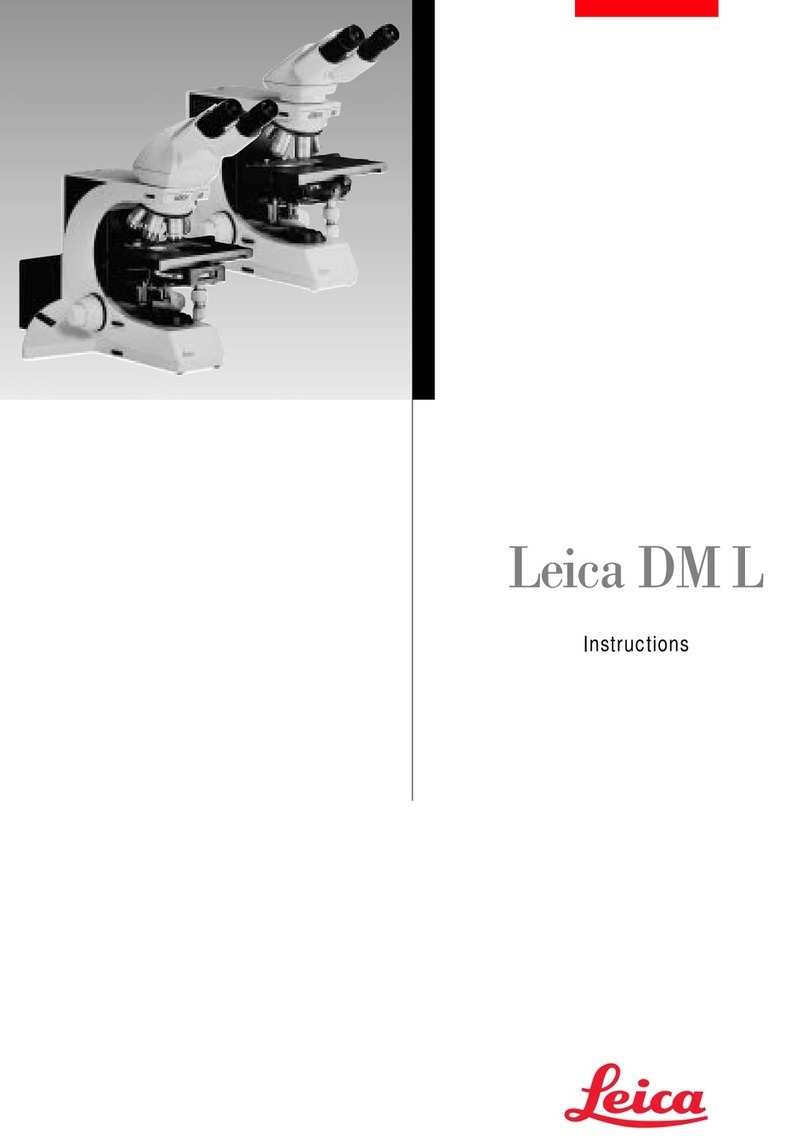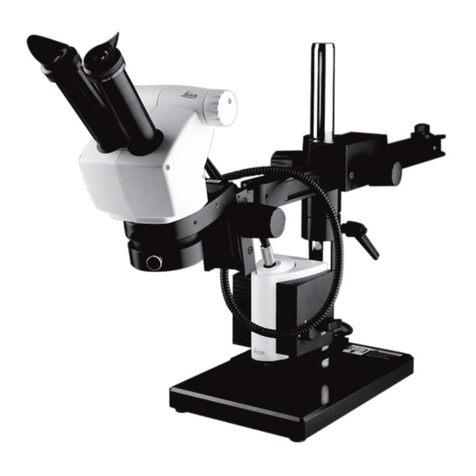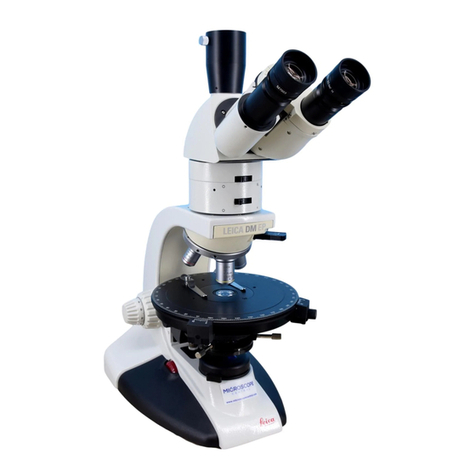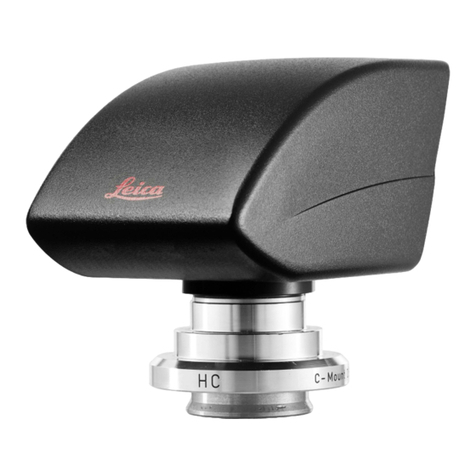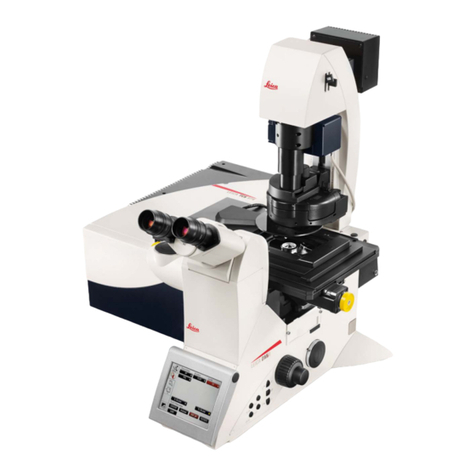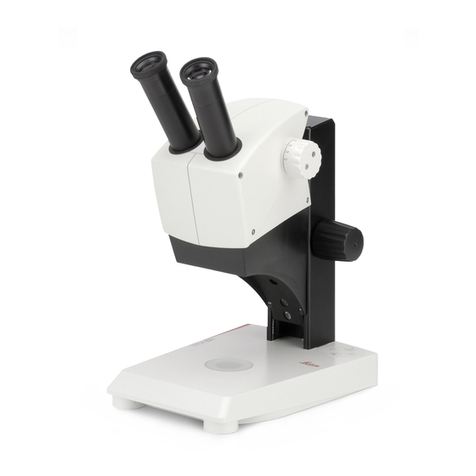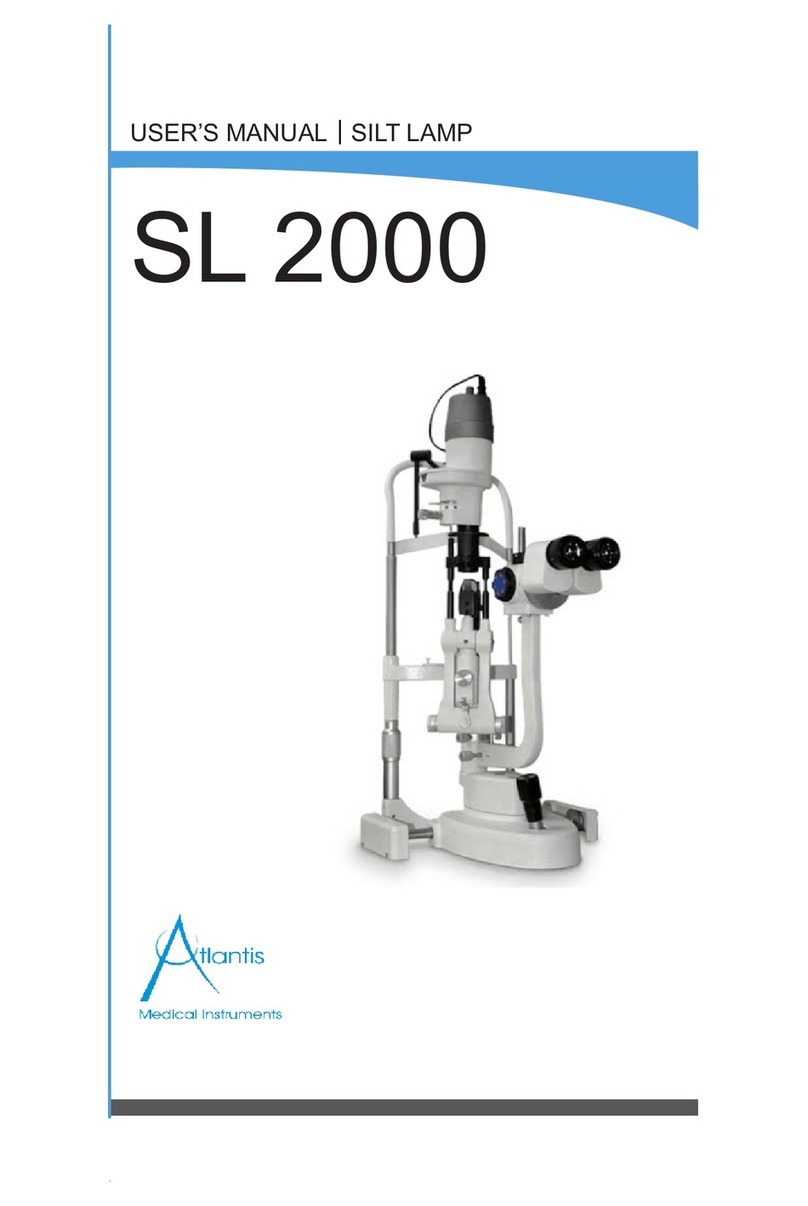
5
Contents
6.10 Installation and Replacement of the
transmitted Light Lamps:
107 or 107/2 Lamp Housing........................ 45
6.11 Installing the Lamp Housing Mount
and Mirror Housing)................................... 46
6.12 Installation and Replacement of
Incident Light Lamps.................................. 48
6.13 Equipping the Incident Light
Turret Disk.................................................... 52
6.14 Inserting the Front Module Slider............ 55
6.15 Installation of the Polarizer
and Analyzer................................................ 55
6.16 Optional Accessories................................. 57
6.17 Connection to the Electronics Box.......... 58
6.18 Connection to the Computer..................... 59
6.19 Connection to the Power Supply ............. 59
7. Start-up ........................................................ 60
7.1 Functional Principle .................................. 60
7.2 Switching on the Microscope.................. 64
7.3 The LeicaDisplay ........................................ 65
7.4 The Function Buttons on the Stand......... 66
7.5 The SmartMove
Remote Control Module ............................ 69
7.6 Illumination.................................................. 69
7.6.1 Transmitted light .............................. 69
7.6.2 Incident Light - Fluorescence........ 73
7.7 Checking Phase Contrast Rings............... 74
7.8 Checking modulation contrast
slit diaphragms............................................ 77
7.9 Setting the Motorized Polarizer ............... 77
7.10 Adjusting the Light Sources ..................... 78
Contents
1. Important Notes about this Manual........ 7
2. Intended Purpose of the Microscope..... 8
3. Safety Notes................................................ 9
3.1 General Safety Notes ................................ 9
3.2 Electrical Safety.......................................... 10
3.3 Safety Instructions
for Handling the Light Sources ................ 12
3.4 Notes on handling laser devices ............. 12
3.5 Safety Instructions
for Handling Acids and Bases.................. 12
3.6 Disposal........................................................ 13
4. Overview of the Leica DMI Series.......... 14
5. Unpacking the Microscope ..................... 27
6. Assembling the Microscope.................... 30
6.1 Assembly Tools........................................... 30
6.2 Installation of the Transmitted Light
Illumination Carrier (TL)............................. 31
6.3 Installation of the DIC Module
and DIC Objective Prisms ......................... 32
6.4 Installation of Specimen Stages.............. 33
6.5 Installation of Condensers........................ 38
6.6 Installation of Eyepieces........................... 43
6.7 Installation of Objectives .......................... 43
6.8 Installation of Filters
in the Illumination Arm............................... 44
6.9 Installing the transmitted Light
Lamp Housing ............................................. 44
